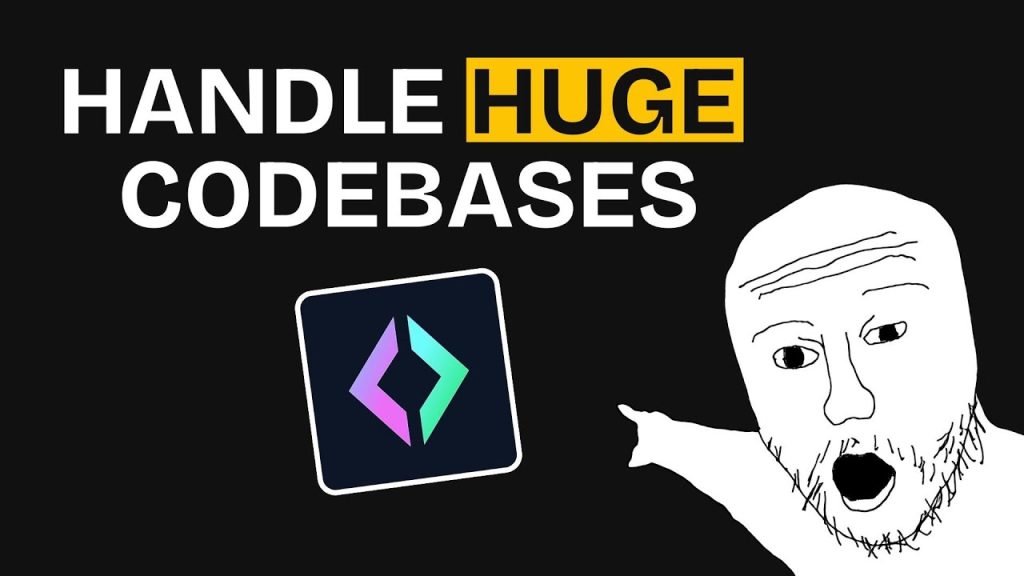Based on a tutorial by AI Labs
If you’ve been struggling with Cursor’s project size limitations or found it messing up your larger codebases, you’re not alone. Many developers hit the same wall when their projects grow beyond what traditional AI coding tools can handle.
I’m breaking down this excellent tutorial from AI Labs that introduces Planex, a command-line coding agent specifically built for large-scale projects. This summary will help you understand what makes Planex different and whether it’s worth making the switch from your current AI coding setup.
Quick Navigation
- What Makes Planex Different (00:00-02:30)
- Installation Options & Setup (02:31-05:00)
- Local Mode Setup Guide (05:01-08:45)
- How Planex Works in Practice (08:46-11:30)
- Real Demo: Swift App Enhancement (11:31-16:00)

What Makes Planex Different
According to AI Labs, the main problem with Cursor is its context size limitations. When your project gets too big, things start breaking down, and you end up with corrupted projects or features that simply don’t work.
Key Advantages of Planex:
- Massive context handling: Up to 2 million tokens of direct context
- Directory indexing: Can index projects with 20+ million tokens
- Tree sitter project maps: Uses advanced code navigation features
- Multiple AI models: Automatically selects the best model via Open Router API
- Large codebase resilience: Specifically designed for enterprise-scale projects
My Take:
The 2 million token context is genuinely impressive – that’s roughly equivalent to 1.5 million words or about 3,000 pages of text. For comparison, most current AI models max out around 200K tokens, so this is a 10x improvement in context retention.
Installation Options & Setup
AI Labs walks through three different ways to run Planex, each with its own trade-offs. The key requirement for Windows users is WSL – it won’t work without it.
Three Installation Methods:
- Planex Cloud: No API keys needed, everything runs in the cloud, fastest setup
- Planex Cloud + Your API Keys: Bring your own keys but use cloud infrastructure
- Self-hosted Local Mode: Run everything locally with Docker using your own API keys
The tutorial focuses on the local mode setup, which gives you complete control but requires more initial configuration. This approach is ideal if you’re working with sensitive code or want to avoid cloud dependencies.
Local Mode Setup Guide
The local setup process is straightforward but requires careful attention to prerequisites. AI Labs demonstrates each step clearly, showing exactly what commands to run and what to expect.
Prerequisites:
- Docker installed and running
- Open Router API key
- OpenAI API key
- WSL (Windows users only)
Setup Commands:
# Clone repo and start server
git clone [planex-repo]
[docker-compose-command]
# Install CLI (new terminal)
[planex-cli-install-command]
# Sign in and configure
planex auth
# Select local mode
# Accept default host address
# Initialize in project directory
planex init
My Take:
The setup is more involved than Cursor’s simple download-and-go approach, but the local control is worth it for teams handling proprietary code. The Docker requirement ensures consistent environments across different machines.
How Planex Works in Practice
AI Labs explains that Planex uses a two-mode approach that separates planning from implementation. This methodology helps prevent the rushed coding mistakes that often happen with other AI tools.
Working Modes:
- Chat Mode: Brainstorm ideas, discuss tech stack, plan features
- Tell Mode: Active code implementation with step-by-step execution
- Auto Mode: Automated debugging and error resolution (token-intensive)
Safety Features:
- Sandbox implementation: Changes happen in isolation first
- Review before apply: You approve all changes before they’re committed
- Separate file versions: Original and modified files remain separate until approval
- Command execution: Can run tests and setup commands
The sandbox approach is particularly clever – it means you can test Planex’s changes without risking your working codebase. This is a major improvement over tools that directly modify your files.
Real Demo: Swift App Enhancement
AI Labs demonstrates Planex with a real Swift macOS menu bar application, asking it to improve the UI – typically a challenging task for AI models due to Swift’s complexity and limited training data.
Demo Highlights:
- Planex correctly identified the Swift/SwiftUI architecture
- Understood it was a macOS menu bar application
- Created a comprehensive project overview and user flow analysis
- Built implementation plans step-by-step rather than rushing to code
- Generated a build script instead of modifying core files directly
When the build initially failed, Planex offered debugging options including full auto mode. The tool successfully enhanced the app by adding customizable accent color functionality using native macOS and SwiftUI components.
Final Results:
- Working accent color customization feature
- Proper integration with macOS system preferences
- Native SwiftUI component usage
- Successful compilation in Xcode
My Take:
The fact that Planex succeeded with Swift development where other models typically struggle suggests its multi-model approach through Open Router is genuinely effective. The step-by-step methodology also prevents the “shotgun” approach that often breaks working code.
Should You Switch to Planex?
Based on AI Labs’ demonstration, Planex seems most valuable for developers working on larger codebases where context retention becomes critical. The sandbox approach and multi-model backend provide significant safety and capability improvements over single-model tools.
Best For:
- Large-scale projects with complex codebases
- Teams needing local, private AI coding assistance
- Developers working with less common languages like Swift
- Projects where code safety and review processes are critical
Potential Drawbacks:
- More complex setup compared to Cursor
- Requires API key management and costs
- Auto mode can be expensive with token usage
- Command-line interface may not suit all developers




